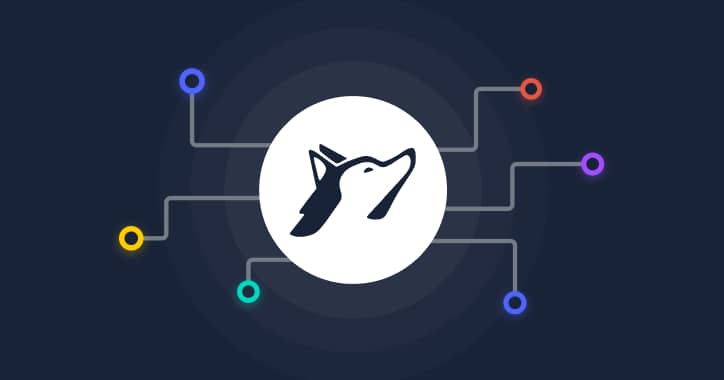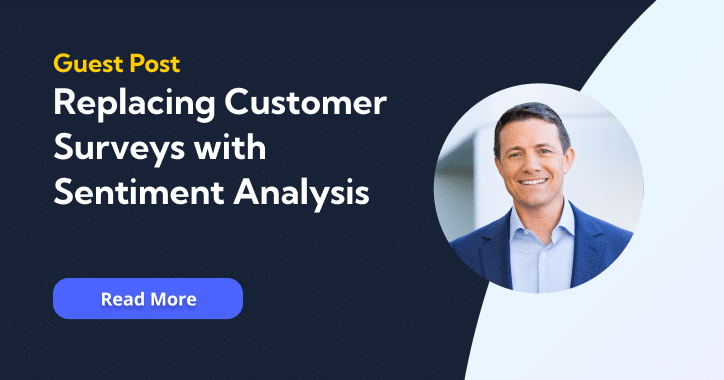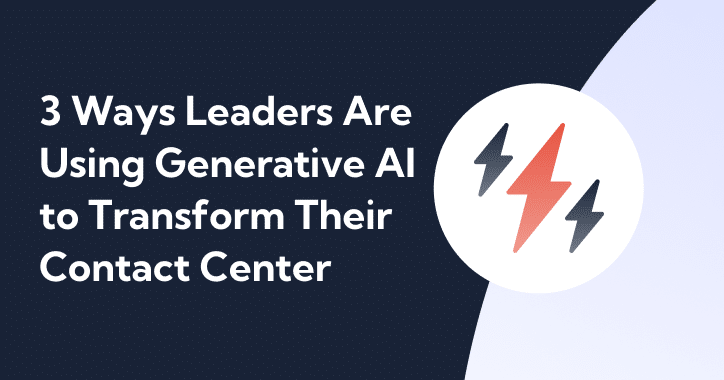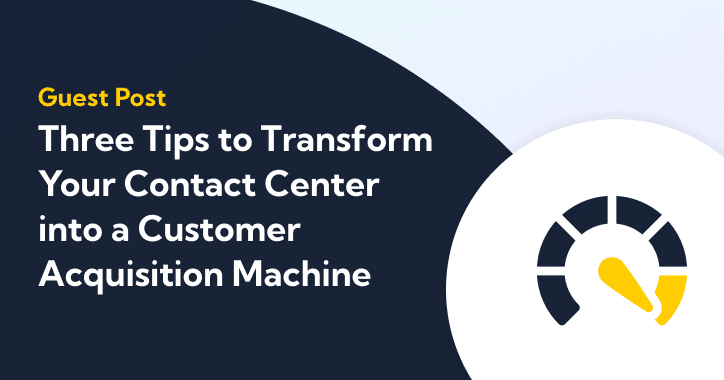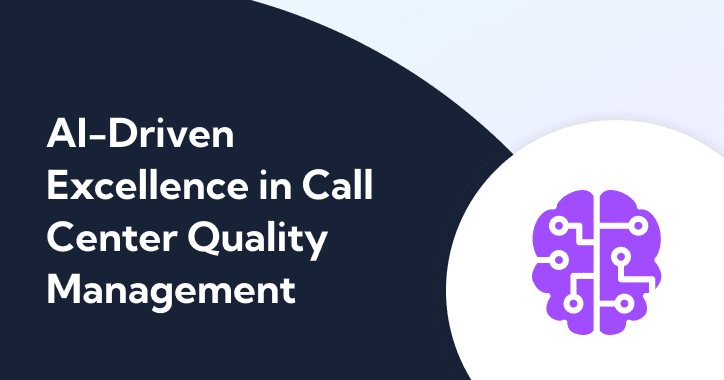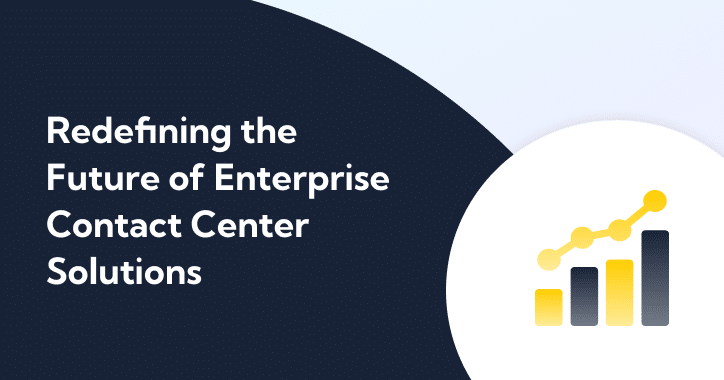Artificial intelligence has turned from cutting-edge to table stakes in recent years, but not all AI is created equally.
Generative AI can “generate” text or other mediums, like images or sound. In the contact center, generative AI can make after-call summaries, enhance customer service chatbots, and even uncover transformational insights that have significant impacts on your contact center.
BaltoGPT is generative AI trained on contact center conversations. it understands your day-to-day as well as you do.
Here are 20 real and practical ways that contact center leaders are using BaltoGPT’s generative AI in their contact center today.
Or if you want to read the paper on your own time, download a PDF copy here:
1. Hone In On Agents’ Strengths and Weaknesses
The best managers can identify agents’ distinct strengths and weaknesses and hone them into excellence. Tools like BaltoGPT give managers all the information they need, when they need it, so they can zero in on what to focus on next.
Managers can ask BaltoGPT complex questions using plain language, such as: “What are this agent’s top 3 strengths and top 3 weaknesses? Support your answer by providing summaries of calls and relevant call IDs.”
BaltoGPT then processes a database of calls in seconds, generating readable, clear insights, such as:
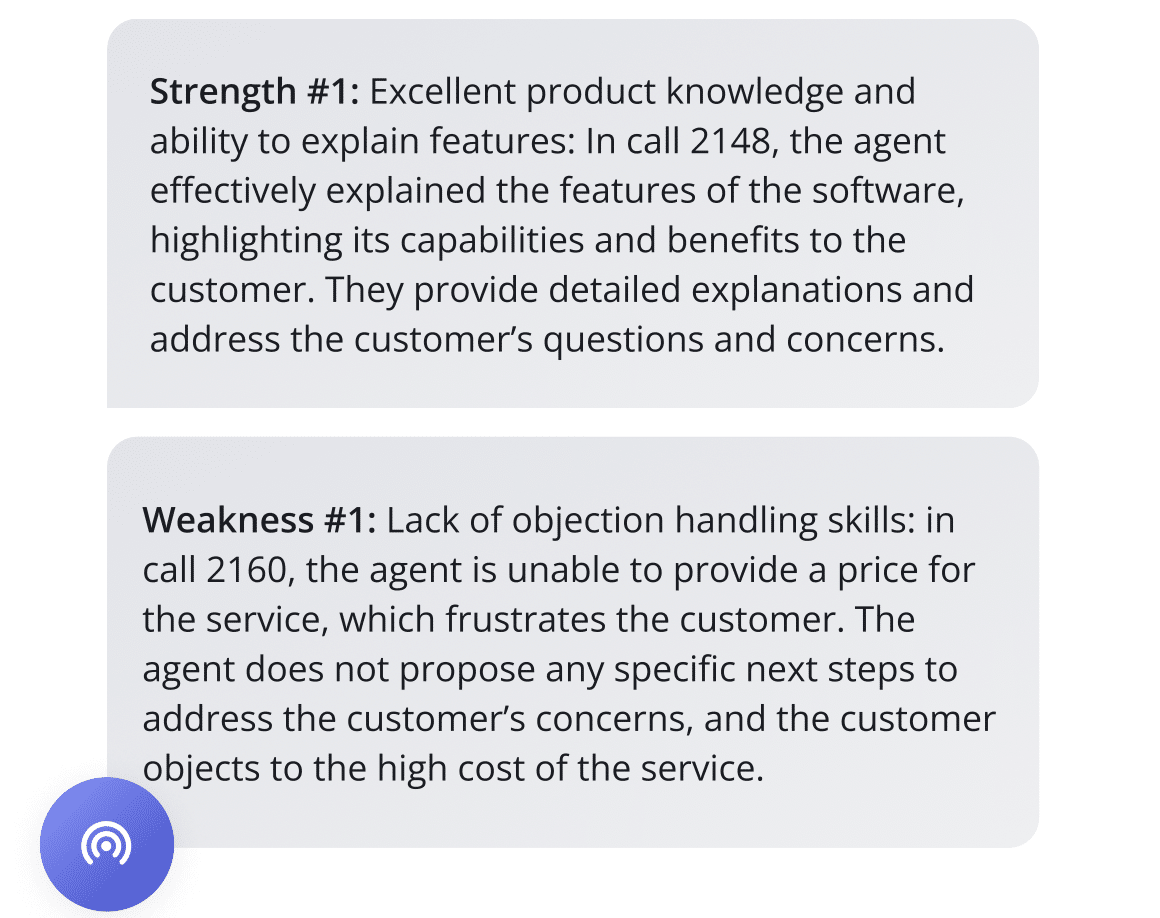
Once you have your agents’ strengths and weaknesses in hand, you can approach your coaching strategies with not just intuition but data-backed insights — gathered in seconds, not hours.
Managers can even ask BaltoGPT to compare strengths and weaknesses over time to get a snapshot of an agent’s progress or ask BaltoGPT for ways an agent can work on a given weakness so tactical feedback can be given.
Hear from Balto’s founder and CEO Marc Bernstein on how BaltoGPT can help hone in on an agent’s key strengths and weaknesses.
2. Surface Coaching Feedback
BaltoGPT is trained on the unique context of your contact center and has perfect knowledge of your agents’ calls. This makes it possible to ask questions like the one below for an individual call or a subset of calls:
“Provide 3 pieces of positive feedback for this agent as well as 3 pieces of constructive feedback for this agent, supporting your answer with relevant excerpts from the transcript.”
Use human language to uncover coaching feedback, without manually needing to listen through hours of calls or read through transcripts.
BaltoGPT will respond with feedback like:
“[Positive feedback:] The agent demonstrates a good understanding of the product’s capabilities and shows enthusiasm and excitement about its features.”
And:
“[Constructive feedback:] The agent occasionally interrupts the customer… this agent should work on actively listening and allowing the customer to finish their thoughts before responding.”
Analyze calls in a second and pull out valuable coaching feedback with real examples to get the most out of each coaching session.
3. Measure What Customers Are Calling About
Use generative AI to answer the age-old question: why are my customers calling?
With the answer to this question, you can tailor your talk track, get proactive about objections, and best train your agents.
But BaltoGPT can go beyond this simple query to answer detailed questions like: “What are the top 3 reasons customers call us? Please provide an approximate percentage of calls where each of the reasons is present, and provide 5 example call IDs to support your answer.”
BaltoGPT will provide a thorough answer to each of the questions above, parsing the question for meaning and analyzing call data in seconds so you can base your contact center decisions on real data and insights.
A real answer from BaltoGPT looks like:
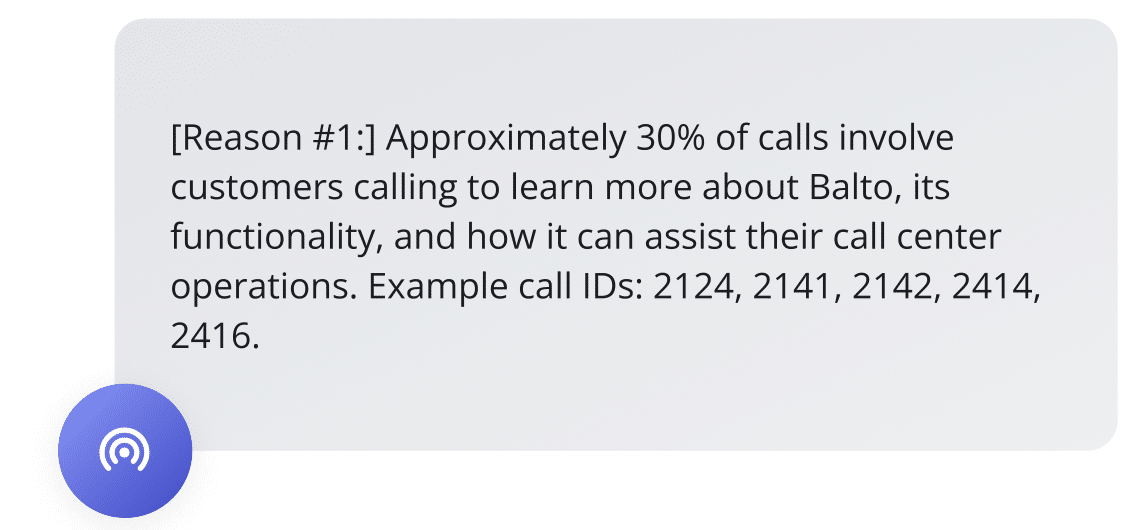
Call IDs let you go deeper on calls to get more granular on how these conversations unfold, or you can extract BaltoGPT’s summarized data for reporting and strategy purposes. Check out this workflow live.
4. Uncover the Worst Complaints
Celebrating agents’ accomplishments and congratulating them on a job well done is a valuable part of coaching. But managers need an eye towards customer complaints and areas of improvement — especially if they represent potential compliance issues.
Prepare for your coaching sessions with ease by asking BaltoGPT questions like:
“On which calls did customers appear to levy particularly strong complaints? Show an excerpt of the transcripts of the complaints as well as call IDs.”
BaltoGPT will conduct near-instant analysis and list out the greatest or most severe complaints in a given subset of calls, including transcript excerpts that highlight the low-sentiment interactions, and call IDs if you want to go deeper.
That output may look like:
“Excerpt of the complaint: The customer called to complain about being charged multiple times and requested a refund. They also expressed frustration with their current representative and mentioned wanting to switch to a different company. Call ID: 2148.”
Instead of manually listening to calls or waiting for strong complaints to be flagged or escalated, uncover these nuggets with the help of generative AI and get to the bottom of future issues.
5. Identify The Best Discovery Questions
Talk tracks help guide calls, but agents often need to think on their feet to move towards a successful outcome. Often, agents develop their own best practices over time.
You can use generative AI to uncover the most effective discovery questions your agents are asking today and incorporate them back into your talk tracks.
You can ask BaltoGPT questions like:
“Provide 10 discovery questions that agents are using to better understand customer needs. Support your answer with relevant call IDs.”
BaltoGPT will give you a thorough list based on thousands (or even millions) of minutes of calls so you can make decisions based on data to keep your talk track fresh and ensure excellent conversations. Let’s see it live.
6. Discover Top Objections
Customer trends change all the time – keeping a pulse of the top objections in your contact center is critical to ensure your agents can keep up.
You can ask BaltoGPT what the top objections are today, this week, this month, or even this year.
For example, Balto’s top objections include questions about integration, support, implementation timelines and complexity, and agent workflow. See Balto’s founder and CEO Marc Bernstein demo this question live.
What are your contact center’s top objections? And what could you do with this information at hand?
You could strengthen your talk track, host a training session, practice objection handling with your agents, and more. BaltoGPT allows you to be proactive so that when an agent gets a top objection, they’re ready for it.
7. Understand How Agents Overcome Objections
Knowing which objections are coming up most often is only half of the equation. The other half is understanding how agents are overcoming those objections — which ones are under control and which ones need more work.
You can ask BaltoGPT questions like:
“What percent of calls with budget objections end up being successful?”
Or:
“Which agent has the hardest time overcoming budget objections? What percentage of the time are they able to overcome them?”
Or even:
“Provide 5 examples where an agent successfully overcame a budget objection, including transcript snippets.”
BaltoGPT will give you a thorough list, including real excerpts from transcripts, to inform your coaching and training plans. If you want to go deeper on a given call, BaltoGPT can even include relevant call IDs so you can deep-dive to your heart’s content.
8. See What Next Steps Agents Are Setting
You can use BaltoGPT to discover what next steps agents are setting with customers at the end of their calls. What are the most common next steps — not just according to your agents or a walk across the floor, but according to the data itself?
BaltoGPT suggests a handful of popular questions to you and your supervisors proactively, and one of those questions is this exact one: what are the most common next steps?
A response may look like this:
“The most common next steps mentioned in the call transcripts are:
- Scheduling a follow-up call or meeting to discuss details, pricing, specific features, and options.
- Sending additional information, such as pricing or integrations, for the customer to review.
- Setting up a live demonstration to provide a deeper dive on functionality and benefits.”
You could ask BaltoGPT for the top three next steps your agents are setting, the top ten, or all of them. You can ask BaltoGPT to share percentages or example transcript snippets that show these next steps in action. You could even ask it for advice on how to train on setting next steps in your next coaching session.
9. Get a Breakdown of Call Outcomes
How a call ends is often even more important than how it starts. Great agents can turn a negative interaction into a positive one — or even just a neutral one — and that’s worth understanding and celebrating. That’s why “what are the top outcomes?” is another recommended question that BaltoGPT serves up to users in the Balto Cloud platform.
Ask BaltoGPT a question like “What were the top call outcomes this week?” and receive a breakdown like this one in order of occurrence:
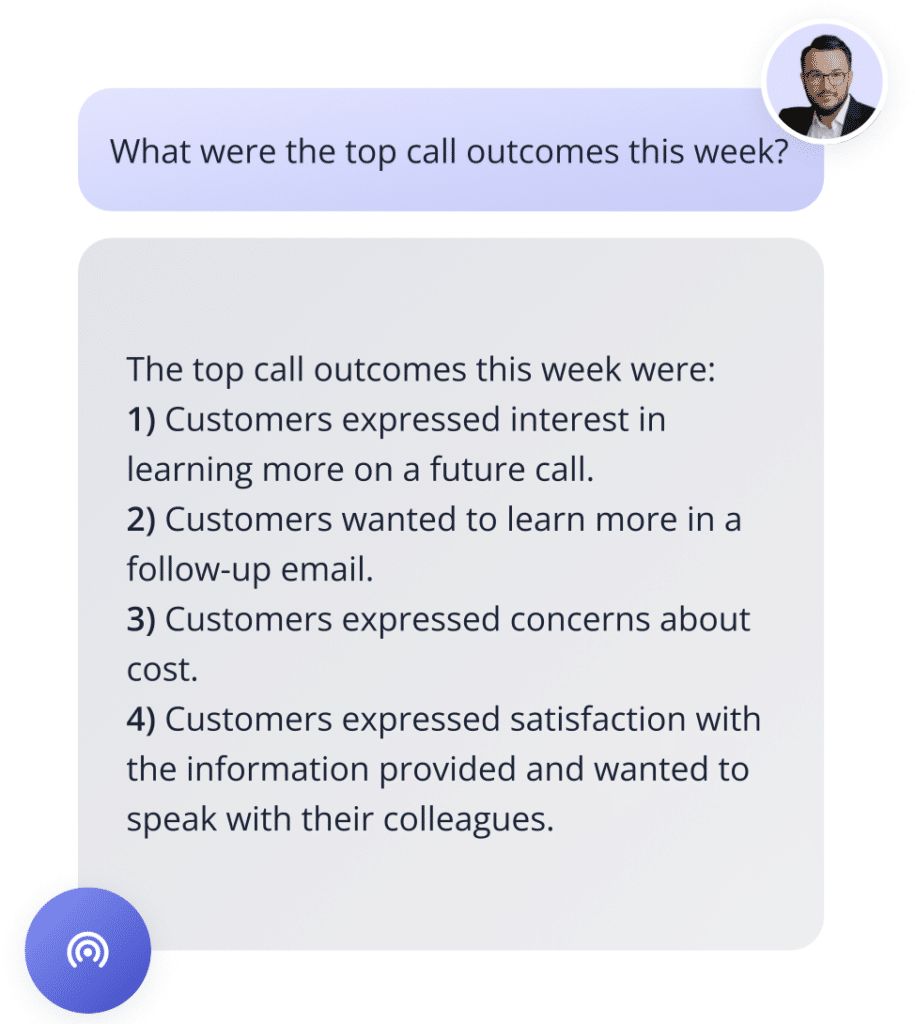
You could even slice and dice this data for different teams or time spans. What are the most common call outcomes for your customer service team versus your sales team? What are the most common call outcomes this quarter versus last quarter, or for this agent versus that agent?
Or go deeper: When someone calls in with a low sentiment, what are the most common call outcomes?
BaltoGPT lets you break down the data any way you want. Check it out in action.
10. Address Your Customers’ FAQs
The best customer service tries to be as proactive as possible, answering customers’ questions before they even have to ask them. This sounds like mind reading, but it’s not. If you can understand your customer journey in its entirety, you can grasp what issues customers will face and when, and you can make sure they’re getting the information they need to make the most of your offering — and take a load off your service agents in the process.
Simplify this process by asking BaltoGPT a few straightforward questions with natural human language, such as:
“I’m writing an FAQ email to new customers who have been using our product for less than three months. Can you share with me the top ten questions they ask our customer service team and answer these questions with actual answers from agents?”
Or:
“What are the top questions that customers ask when they’ve been using our product for 6-12 months and want to make the most of its features? Please list them and provide real answers from agents.”
BaltoGPT sees how long customers have been with you, knows what a question sounds like, and understands how to identify patterns. In seconds, it will give you a list of the most pressing questions your customers are facing, and answers to go along with them, so you can simply review, copy, paste, and send.
You can use these answers for proactive customer service, FAQ pages, customer knowledge bases, and more. BaltoGPT helps you deliver top-tier customer service in minutes, not hours.
Learn more about BaltoGPT and how generative AI can transform your contact center.

